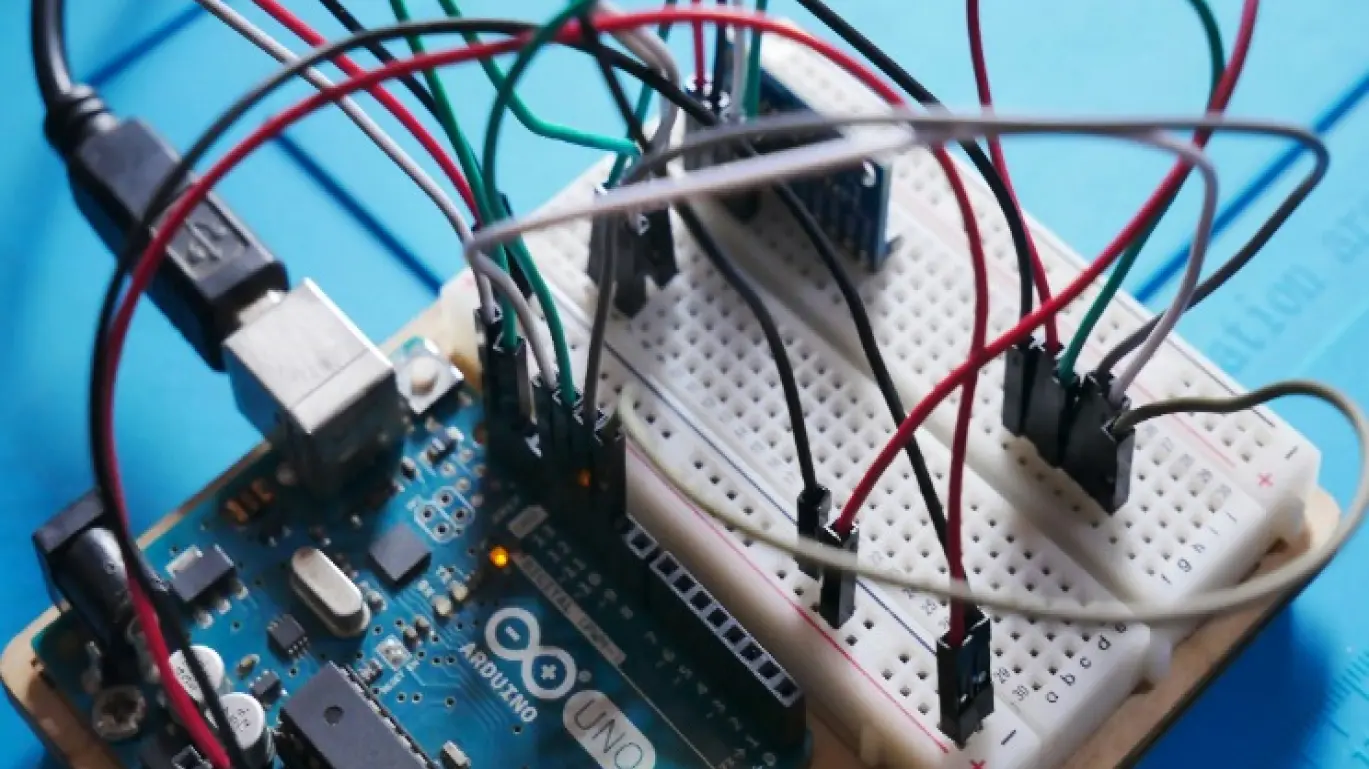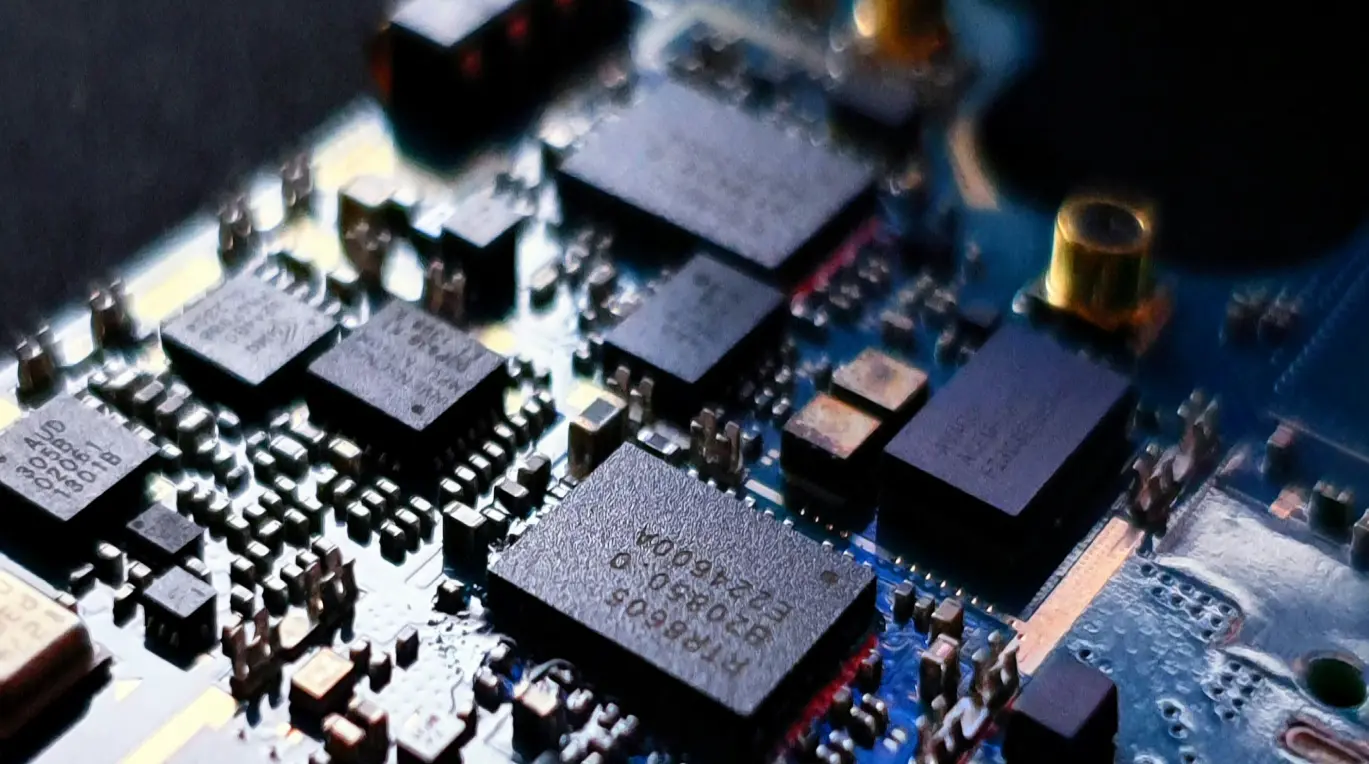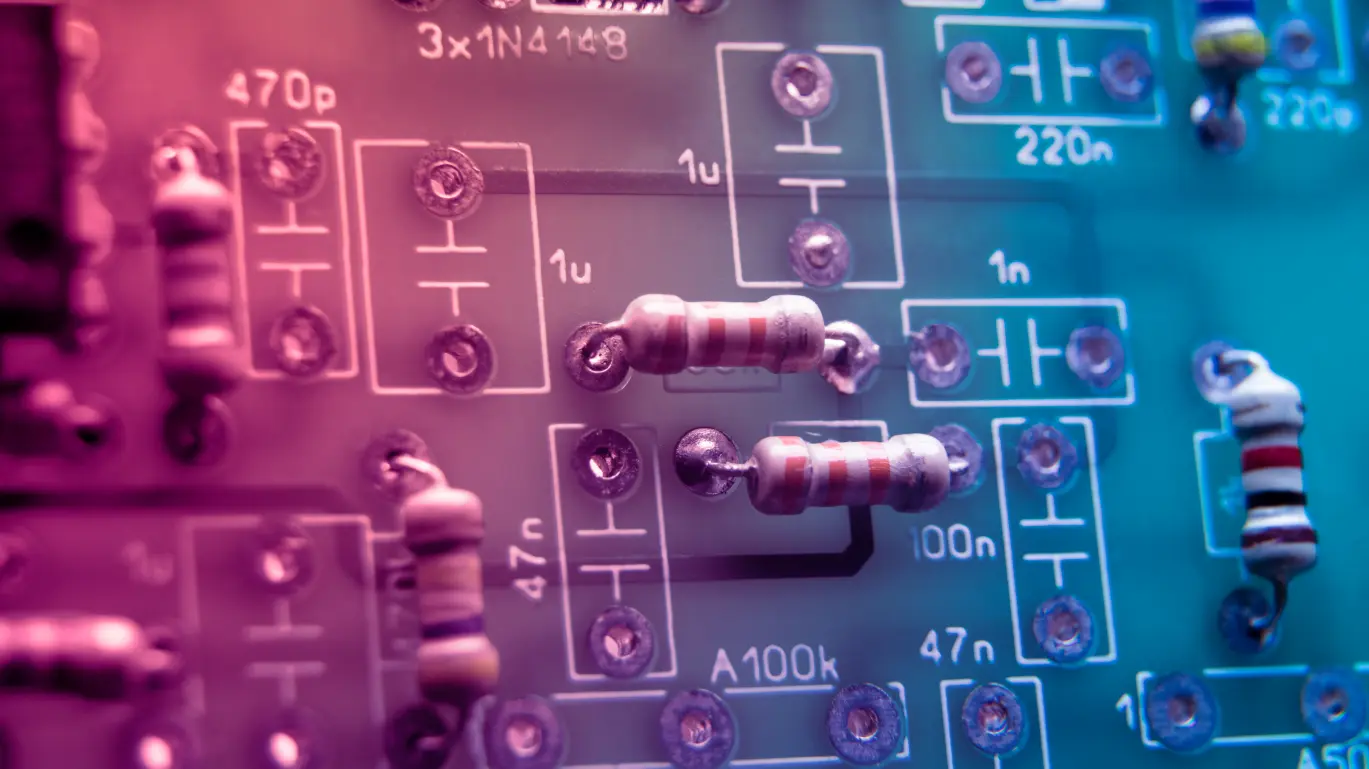Fueled by a focus on technological advancement and strategic government initiatives, the UAE has emerged as a critical player in the electronics industry. The UAE boasts a thriving ecosystem for Electronics Manufacturing Services (EMS) and Printed Circuit Board (PCB) design and manufacturing. Its commitment to diversification and economic growth has positioned it as a hub for advanced manufacturing.
Initiatives such as “Operation 300bn” aim to boost the industrial sector, with a particular focus on high-tech industries like electronics. The UAE’s commitment to progress is evident and fosters a supportive environment for EMS companies and PCB manufacturers to succeed. Elecaas has entered the scene, and we are excited to make our mark on the EMS landscape of the UAE.
What are the advantages of choosing EMS in the UAE?
Generally speaking, there are many benefits to exploring design and manufacturing options in the UAE. From robust infrastructure with world-class industrial parks and free zones to a strategic location that offers unparalleled connectivity, the region is poised to emerge as a powerhouse for electronics manufacturing.
Also, by strongly emphasizing education and training, the UAE nurtures a highly skilled workforce ready to leverage the latest technologies and methodologies in electronics services and manufacturing. The UAE government supports the expansion of the EMS sector through initiatives, incentives, and policies aimed at fostering innovation and attracting foreign investment.
Why choose Elecaas?
While the UAE’s EMS landscape offers several options, Elecaas stands out when it comes to finding a reliable and experienced partner. In fact, at Elecaas, we pride ourselves on being an extension of your team, constantly working with you to transform your ideas and designs into a reality.
Essentially, we are a one-stop shop offering comprehensive end-to-end solutions. Our goal is to work alongside you to realize your designs and create premium end products. Visit www.elecaas.com to explore our full range of services and offerings.
What sets us apart from other options in the UAE and beyond are the intangible offerings that we bring to every partnership. Namely, Elecaas epitomizes innovation, quality, and value, all woven into everything we do.
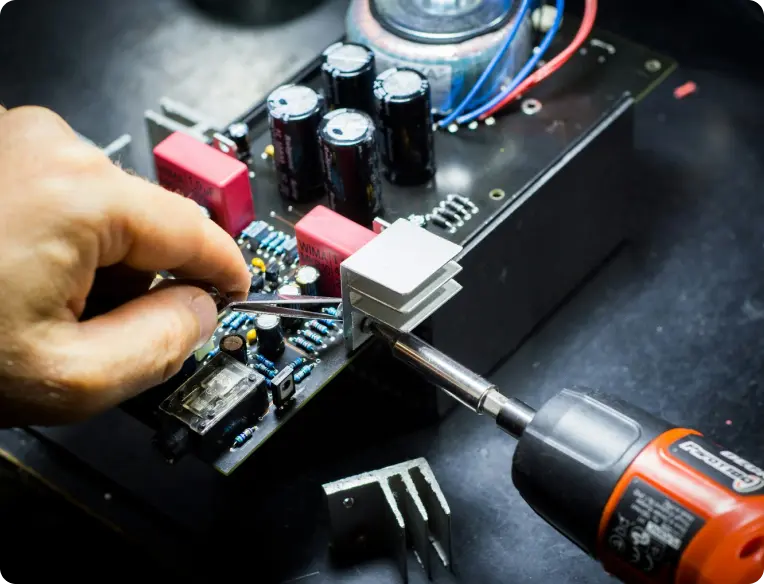
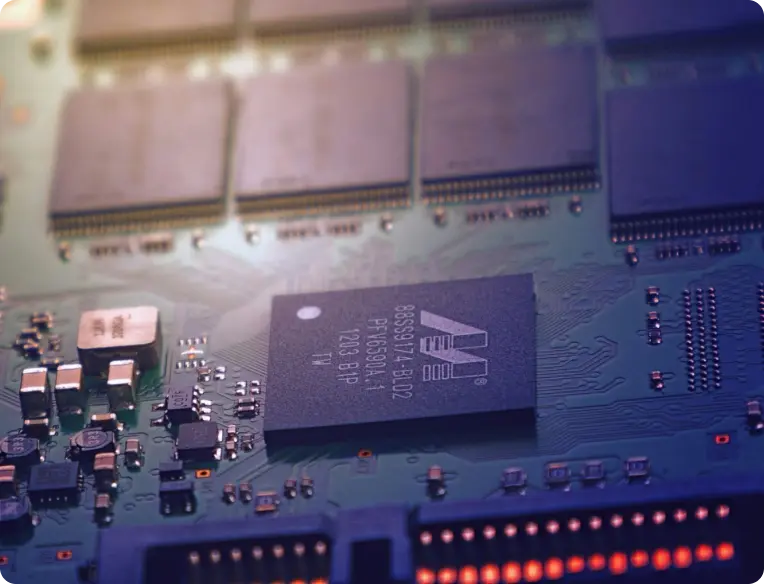
Innovation
Innovation is the driving force that brings companies to the next level, and at Elecaas, we aim to innovate at every opportunity. The culture of Elecaas nurtures creativity, collaboration, and bold ideas. We value thinking outside the box, experimenting with new technologies, and aiming towards continuous improvement and breakthrough solutions. Innovation at Elecaas is not only about pushing technological boundaries but also about understanding and exceeding customer expectations. Each customer is unique, and the solutions for each are equally distinctive.
We work together with you to create customized solutions for your unique challenges. Whether it’s designing custom PCBs with advanced features or optimizing supply chain processes, we are committed to delivering creative solutions every step of the way. We also keep a keen eye on emerging trends and will invest in research and development; we strive to embrace new technologies and help shape the future of electronics manufacturing.
Quality
At Elecaas, we uphold the highest quality standards in every aspect of our operations. Our culture of quality is reflected in the range of processes directly put in place to ensure quality and customer satisfaction. With rigorous quality control measures, comprehensive testing protocols, and adherence to regulatory requirements, we ensure that each product meets reliability and quality standards. We demonstrate an unwavering commitment to consistently delivering high-quality products by adhering to these standards.
Aiming for continuous improvement constantly rises to the top of our priority list. Continuous improvement is a never-ending journey for us, and we are excited to identify opportunities for enhancement and refinement during every stage of the manufacturing process. Whether by optimizing supply chain logistics, fine-tuning designs, or streamlining production and manufacturing workflows, we constantly aim for quality across the board.
Values
“>Providing value is a core principle for us at Elecaas. Value goes beyond simply providing products or services at the right price; it includes establishing lasting partnerships, creating meaningful experiences, and driving positive outcomes for our customers.
Gaining a thorough understanding of our customers’ needs, goals, and challenges is at the heart of our approach to value. We can gain invaluable insights into what truly matters to our customers by listening, learning, and empathizing.
We can tailor our products, services, and solutions to deliver maximum value and meet your unique needs reliably. We instill value by building strong, enduring relationships with our customers to become a trusted partner throughout the process. Of course, cost-effectiveness plays a role in providing value.
It is a cost-conscious environment out there, and it is important to us to be accessible to a range of customers across various sectors. With affordability in mind, we utilize efficient manufacturing processes, streamlined supply chain management, and economies of scale to offer superior services and competitive prices.
How does Elecaas deliver innovation, quality, and value?
At Elecaas, we go beyond simply designing or manufacturing PCBs; we become an extension of your team and work collaboratively to optimize costs, accelerate time-to-market, and deliver a high-quality product. The “how” behind creating a culture of innovation, quality, and value boils down to integrating these principles into every aspect of our operations, from product design to customer service.
We continuously explore new materials, processes, and technologies, ensuring our products and services remain innovative and competitive. Our collaborative approach applies to our internal processes and with external partners.
By collaborating with customers, suppliers, and industry experts, we gain valuable insights and ideas that drive our innovative solutions. Many of these solutions are customized to meet our customers’ unique needs and requirements.
Robust quality management systems ensure high standards of excellence, from design and procurement to production and testing. By maintaining certifications and looking for opportunities for refinement, our dedication to continuous improvement is evident in everything we do.
Our team of experienced engineers and technicians provides valuable insights throughout the project lifecycle and ensures optimal quality and that your final product aligns with your vision.
With a customer-centric approach, we add value at every touchpoint of the project’s workflow.
We strive to deliver cost-effective solutions. These solutions often include an enhanced time-to-market. In today’s competitive landscape, speed is crucial. By streamlining processes, we can potentially offer fast turnaround times so that you can get your product to market as quickly as possible.
Also, and maybe most importantly, we do not just stop at the sale – we provide ongoing support and partnership throughout the product lifestyle. We want our customers to have everything they need to succeed, whether it is technical assistance, warranty services, or product upgrades.
Elecaas goes beyond technologies and manufacturing to deliver innovation, quality, and value. By consistently integrating these principles into our processes, we set ourselves apart as a trusted partner in the EMS landscape of the UAE.
Contact us today for more details about our services, products, and how we can help you reach your EMS goals.
